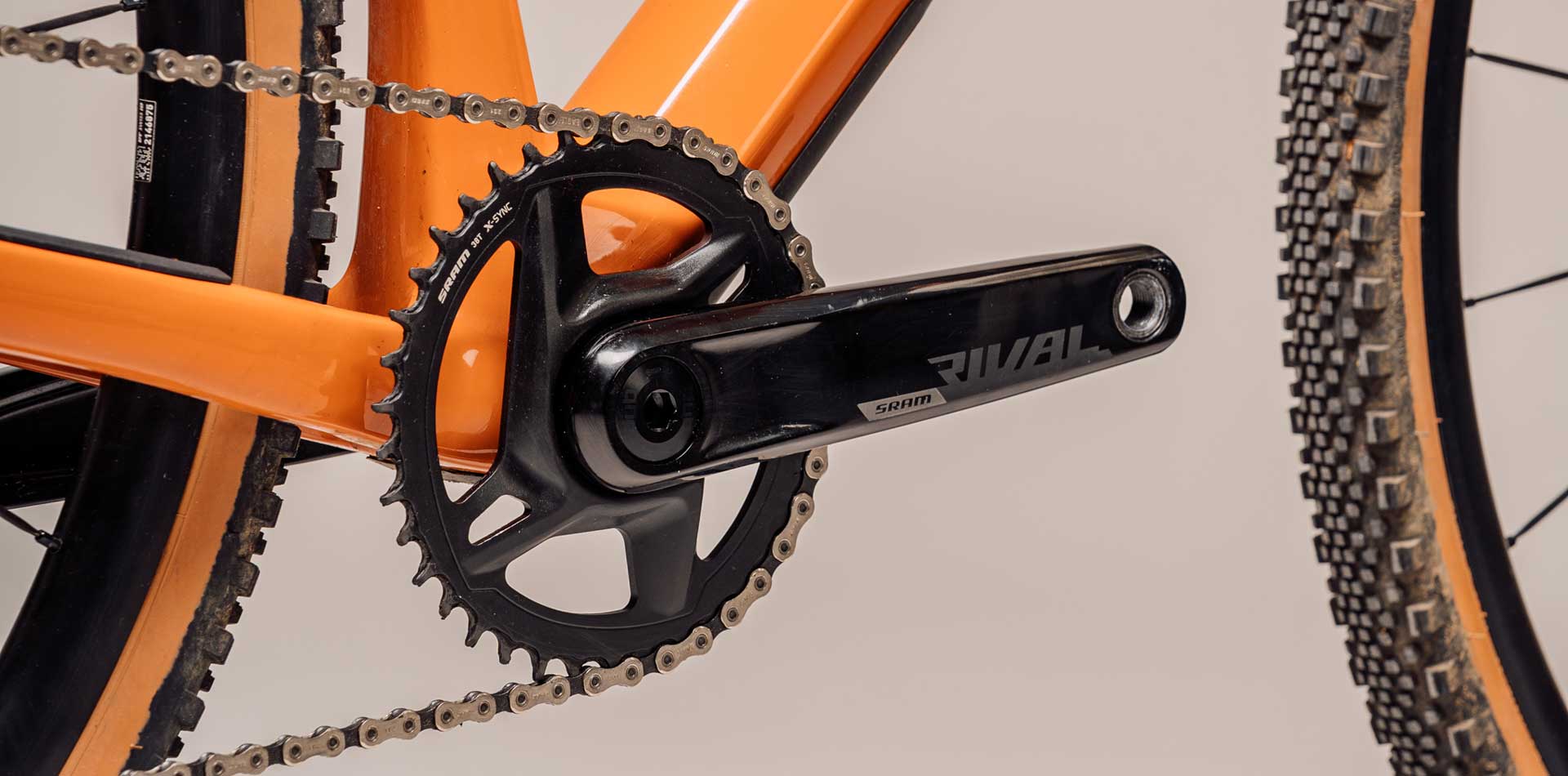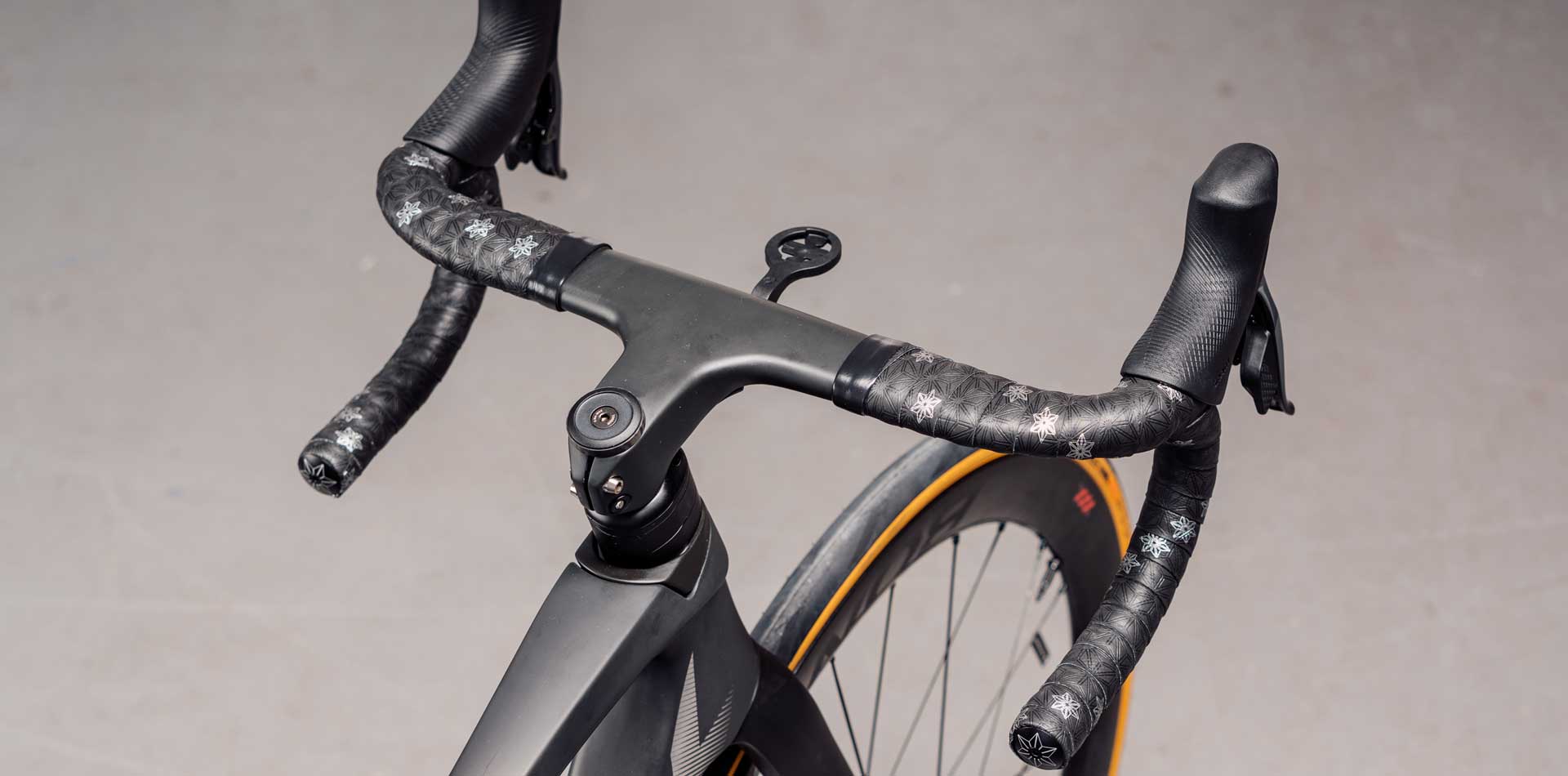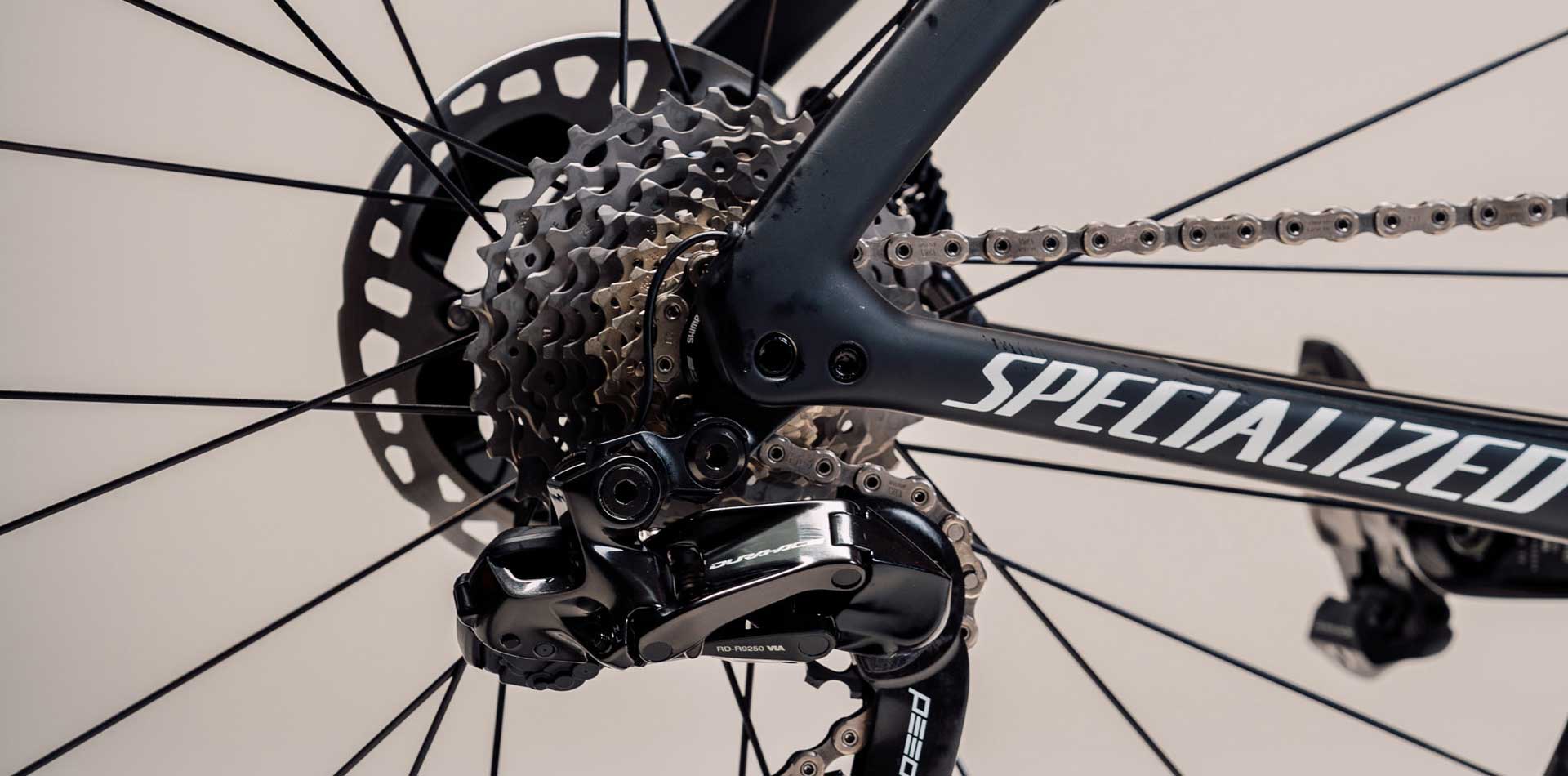On paper you could be forgiven for thinking a gravel bike and a road bike are very similar but take a closer look and you will see some significant differences. In this guide we will explore what makes a gravel bike differ from a road bike.



Road Bike vs Gravel
Gravel bikes and road bikes cater to different riding styles and terrain. While road bikes are designed for speed and efficiency on paved roads, gravel bikes are built for versatility and comfort on a variety of surfaces, including gravel, dirt, and rough terrain.
Gravel bikes are perfect for those who enjoy exploring unpaved roads and trails, offering a more relaxed geometry and wider tyres for better stability and grip. On the other hand, road bikes are ideal for those who prioritise speed and performance on smooth tarmac, with a more aggressive riding position and narrower tyres for reduced rolling resistance.
Bikes for Gravel Riding
Designed for gravel riding or gravel racing, gravel bikes are also often called an adventure bike. A gravel bike is perfect for those looking for the refinement of a road bike but with the offroad capabilities of a mountain bike. The best gravel bikes are often a bit more versatile, with mounting options for luggage accessories and mudguards. Although not possessing the straight out speed of a pure road bike, if you switch out the knobbly tyres for something a bit slicker and narrower, the bike's performance will be brought slightly closer on the tarmac to that of a road bike.

Gravel Bike Frame
A gravel bike frame lends itself to long days in the saddle, with comfort prioritised. Ensuring the rider can handle whatever is thrown their way, especially off road, there is often careful consideration made towards handling. Frame materials such as aluminium, carbon, and steel are commonplace, with some high-end models featuring a carbon fibre frame to balance weight with durability.

Wheels and Gravel Tyres
Wheels should be carefully considered as a gravel bike typically endures rougher roads and trails and takes more of a beating compared to a road bike. More spokes and a tough carbon or aluminium rim are good starting points, as are opting for rugged and wider tyres, which can be run tubeless and at lower pressures, if required. A wider tyre makes sense, providing additional comfort and grip even in the most challenging of conditions, and gravel tyres are specifically designed to handle these demands.

Gravel Bike Handlebar
Confidence and stability are both key considerations when riding a gravel bike and the handlebar contributes to this. Gravel bikes usually use a wider and, in some cases, a flared handlebar to compensate for the rough terrain many bikes encounter.

Gearing
Gravel bikes traditionally featured double or even triple chainrings but as technology has evolved 1x (a single chainring setup) have become the norm. This does away with the front derailleur and reduces the chances of the chain slipping off the chainring. A 1x setup puts a greater emphasis on the cassette, with wider and larger sprockets often chosen to allow the rider to tackle everything from fast descents to super steep climbs, making it ideal for riding off road. We stock a wide range of gravel groupsets and components.

Gravel Bike Brakes
Gravel bikes, in the majority of cases, use disc brakes to provide assured and powerful stopping performance, especially important when navigating technical terrain. Perfect for when conditions worsen or when the bike is heavily laden with luggage, the predictability of disc brakes provides confidence whatever the terrain.
Check out some of the best gravel bikes and value for money alloy gravel bikes and steel frame options.

What is a road bike?
As the name suggests, a road bike is designed for road cycling or racing on tarmac and is perfect for those looking to travel long distances, at speed, while maintaining a level of comfort. But what are the road bike vs gravel bike differences?

Road Bike Frame
Road bike frame design varies greatly depending on the bike, with endurance road bike models using a more relaxed geometry, compared to performance and race-orientated options opting for tighter angles and a more aggressive stance. Material-wise, aluminium and carbon are both commonly used for their lightweight, durable and responsive characteristics although you can find road bikes made from steel and titanium.

Wheels and Tyres for Road Riding
Road bikes run typically lighter wheels than their mountain or gravel bike counterparts and tyres that have less tread and are thus designed to offer a lower rolling resistance. Road tyres vary in width but are generally no wider than 30mm.

Road Bike Handlebars
The handlebar on a road bike is a drop bar design and has a width of anywhere between 36 - 44cm. This means you have multiple positions to control the bike from. The hoods (where the brake/shift levers are located) allow easy access to braking and changing gear, the top of the bars provide a more relaxed perch and the drops are ideal for tucking down to get more aerodynamic and thus increasing the speed with less effort.

Gearing for Road Riding
Usually featuring two chainrings (although in rare cases 1x options are available), a road bike’s gearing is set up to tackle a wide range of gradients, whether that be with a compact (often 50x34 teeth) semi-compact (52x36 teeth) or standard double (53x39 teeth) chainsets.
The cassette (sprockets found on the rear wheel) can be 9, 10, 11 or 12-speed. The ‘speed’ refers to the number of sprockets. The more sprockets, the more options available when it comes to gears. Road bikes often feature relatively tightly spaced gears, so you can maintain a consistent cadence whatever gear you are in.

Road Bike Brakes
Road bikes historically have opted for rim brakes but in recent years disc brakes have become the norm, making them suitable as a winter road bike. Disc brakes afford more predictable stopping power than their rim alternatives and shave off speed faster too.

Road and Gravel Bikes Points of Difference
Mounting Points & Accessories
One of the key differences between modern gravel bikes and road bikes is the number and type of mounting points for accessories. Gravel bikes tend to have more mounting points for accessories such as mudguards, racks, and bikepacking gear, making them ideal for commuting, touring, and adventure riding. These additional mounting points allow riders to carry extra gear for long journeys or off-road adventures.
Road bikes, on the other hand, have fewer mounting points, as they are designed for speed and efficiency on paved roads. However, some endurance road bikes and all-road bikes may have additional mounting points for accessories, making them more versatile for longer rides or light touring.
Suspension & Comfort
Gravel bikes often feature suspension systems, such as short travel suspension forks, to improve comfort and control on gravel paths. These suspension systems help absorb shocks from uneven surfaces, providing a smoother ride and reducing fatigue on long rides.
Road bikes, on the other hand, typically do not have suspension, as they are designed for speed and efficiency on smooth surfaces. Road bikes also have a more aggressive riding position, which can be beneficial for speed and efficiency but may be less comfortable for longer rides. This difference in riding position is a key factor to consider when choosing between the two types of bikes.
Racing and Performance
While road bikes are designed for speed and efficiency, gravel bikes can also be used for racing and high-performance riding. Gravel racing bikes, such as the Specialized Diverge, are designed for speed and agility on rough terrain, and feature advanced components, such as disc brakes and wide-range gearing. These bikes are built to handle the demands of gravel racing, offering a balance of speed, control, and durability.
Whether you decide a gravel bike or a road bike is best for your needs you can be assured that there is a fantastic range of options out there to cater for a variety of budgets. Browse our complete range of gravel and road bikes below or get in touch with one of our experts should you need assistance choosing your next bike.
Road Bikes vs Gravel Conclusion
In conclusion, gravel bikes and road bikes are two distinct types of bicycles that cater to different riding styles and terrain. Gravel bikes are ideal for versatility and comfort on a variety of surfaces, while road bikes are designed for speed and efficiency on paved roads. When choosing between a gravel bike and a road bike, consider your riding style, the terrain you will be riding on, and the type of accessories you need.
Remember to consider key factors such as tyre clearance, frame material, and suspension when making your decision, and don’t be afraid to test ride different bikes to find the one that’s right for you. If you are unsure about whether you are more suited to an endurance road bike or gravel bike, speak to our experts in store in Hampton Wick, Letchworth or Oakham, or chat to our experts online.







